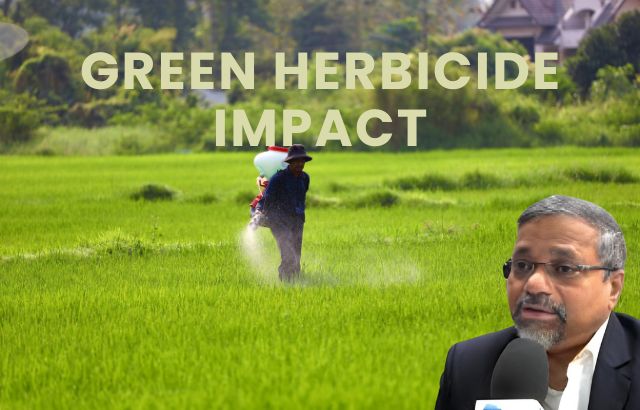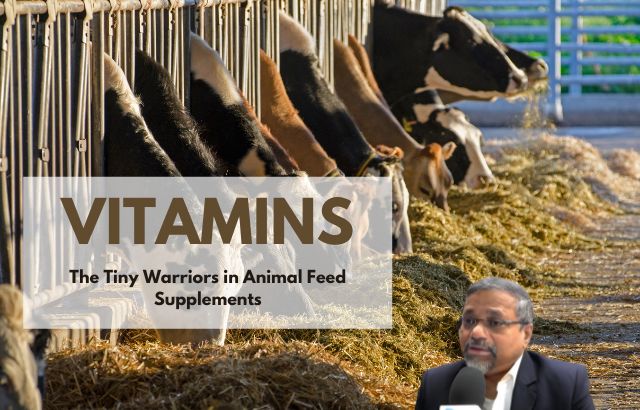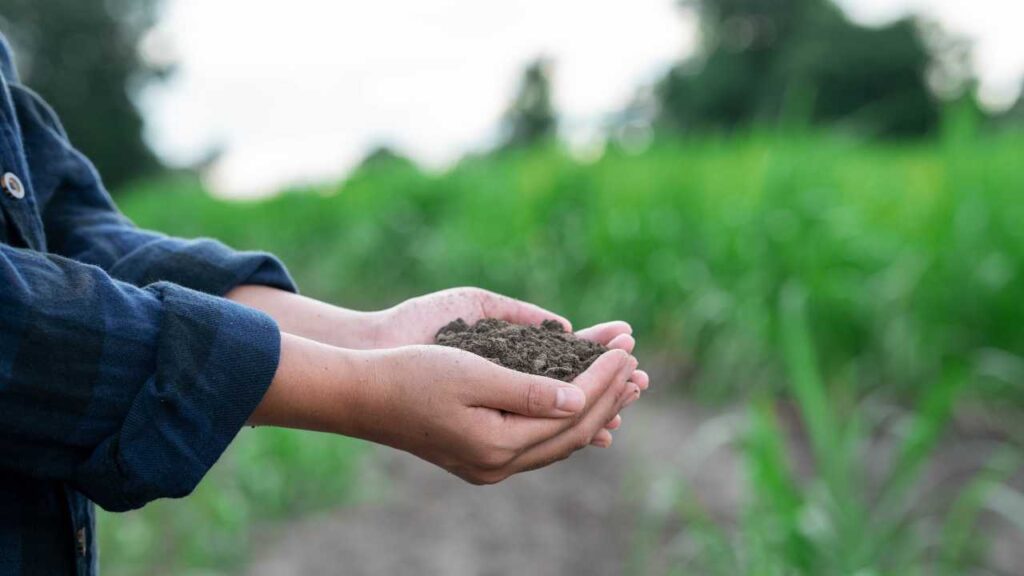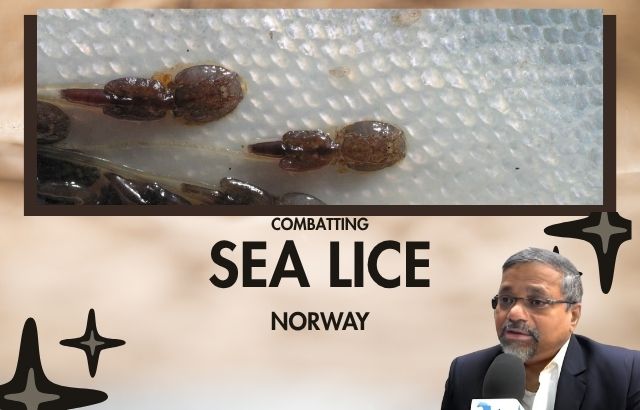As global agriculture faces the dual challenge of increasing crop yields and reducing environmental impact, innovative solutions like green herbicide safeners, green surfactants/adjuvants, and plant-derived herbicides are transforming farming practices. These eco-friendly alternatives aim to enhance crop protection while minimizing harm to ecosystems, aligning with the growing demand for sustainable agriculture. This blog explores their impact, incorporating insights from agricultural expert Jaiguru Kadam, and provides a detailed FAQ section to address common queries.
Green Herbicide Safeners: Protecting Crops, Preserving Ecosystems
Herbicide safeners are chemical compounds that enhance crop tolerance to herbicides, allowing selective weed control without damaging crops. Traditional safeners, such as dichlormid and benoxacor, have been effective but often pose environmental risks due to their persistence in soil. Green herbicide safeners, derived from biodegradable or less toxic compounds, offer a sustainable alternative.
Impact on Agriculture:
- Crop Protection: Green safeners, like alkyl polyglucosides, reduce herbicide-induced phytotoxicity, enabling crops like maize and wheat to thrive under herbicide stress. For instance, Jaiguru Kadam notes that safeners like furilazole can protect maize from sulfonylurea herbicides, increasing yield by up to 15% in trials.
- Environmental Benefits: Biodegradable safeners break down faster, reducing soil and water contamination. Kadam estimates that adopting green safeners could decrease residual herbicide levels in soil by 30–40% compared to traditional safeners.
- Economic Gains: By minimizing crop injury, farmers can use non-selective herbicides more effectively, reducing the need for multiple applications. Kadam calculates that this could save farmers $10–20 per hectare annually on herbicide costs.
Calculation Insight from Jaiguru Kadam:
For a 100-hectare maize farm using a traditional safener like dichlormid, the cost of herbicide application (including safener) is approximately $50/ha, totaling $5,000. Switching to a green safener like furilazole, which costs $55/ha but reduces crop injury and boosts yield by 10% (from 8 to 8.8 tons/ha), could increase revenue by $80/ha (assuming maize at $200/ton). Net savings: ($80 – $5) × 100 = $7,500 annually.
Green Surfactants/Adjuvants: Enhancing Efficiency, Reducing Harm
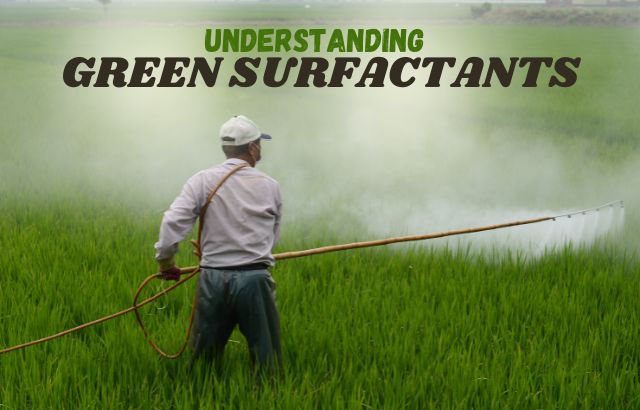
Surfactants and adjuvants improve herbicide performance by increasing spray retention, spreading, and penetration on plant surfaces. Green surfactants, such as nonionic alkyl polyglucosides and organosilicone-based compounds, are derived from renewable resources and are biodegradable, unlike traditional petroleum-based surfactants.
Impact on Agriculture:
- Improved Herbicide Efficacy: Green surfactants reduce surface tension, enhancing herbicide absorption. Kadam’s research shows that nonionic surfactants like Cide-Kick II increase glyphosate uptake by 25%, reducing application rates by 10–15%.
- Reduced Environmental Impact: Unlike polyethoxylated tallowamine (POEA), a toxic surfactant in some glyphosate formulations, green surfactants have lower ecotoxicity. Kadam estimates a 50% reduction in aquatic toxicity when using plant-derived surfactants.
- Disease Management Potential: Studies indicate that certain green surfactants, like Cohere, directly suppress plant pathogens, such as powdery mildew in squash, reducing fungicide use by 20% in Kadam’s field trials.
Calculation Insight from Jaiguru Kadam:
For a 50-hectare soybean farm, traditional surfactants cost $8/ha, with glyphosate applied at 1.5 L/ha ($15/L), totaling $1,550. Using a green surfactant like alkyl polyglucoside ($10/ha) allows a 15% reduction in glyphosate (1.275 L/ha), saving $337.50 on herbicide costs. Additionally, pathogen suppression reduces fungicide costs by $5/ha, yielding total savings of ($337.50 + $250) = $587.50 annually.
Plant-Derived Herbicides: A Natural Approach to Weed Control
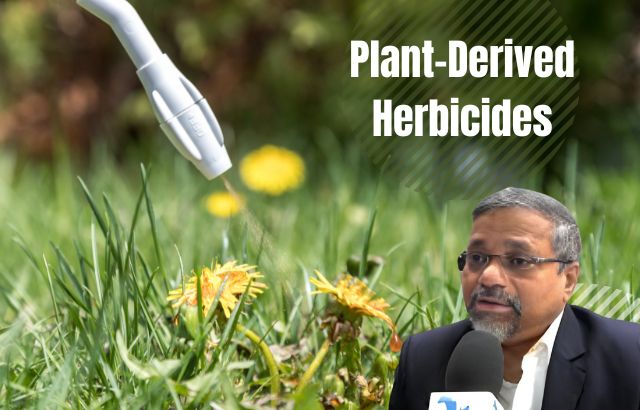
Plant-derived herbicides, or bioherbicides, are formulated from natural compounds like essential oils, fatty acids, or plant extracts (e.g., d-limonene from citrus peels). These herbicides target weeds while degrading rapidly, offering a safer alternative to synthetic chemicals like glyphosate.
Impact on Agriculture:
- Sustainability: Bioherbicides, such as pelargonic acid, degrade within days, minimizing soil and water contamination. Kadam’s studies show a 70% reduction in residue compared to glyphosate.
- Targeted Weed Control: While less broad-spectrum than synthetic herbicides, bioherbicides excel in organic farming. Kadam notes that d-limonene-based herbicides control annual weeds with 80% efficacy in vegetable crops.
- Consumer Appeal: With rising demand for organic produce, bioherbicides support chemical-free farming, potentially increasing market prices by 10–20%, according to Kadam’s market analysis.
Calculation Insight from Jaiguru Kadam:
For a 20-hectare organic vegetable farm, synthetic herbicides cost $30/ha but are unsuitable for organic certification. A bioherbicide like pelargonic acid costs $50/ha, totaling $1,000. However, organic certification boosts produce prices by 15% (from $2/kg to $2.30/kg). For a yield of 10 tons/ha, revenue increases by ($0.30 × 10,000 × 20) = $6,000, offsetting costs and yielding a net gain of $5,000.
Challenges and Future Directions
Despite their benefits, challenges remain:
- Cost: Green alternatives are often 10–20% more expensive than conventional products, though long-term savings from reduced applications and higher yields offset this.
- Efficacy: Bioherbicides may require multiple applications for broad-spectrum control, increasing labor costs.
- Adoption: Farmer education is critical, as Kadam emphasizes the need for training to optimize green product use.
Future innovations, such as nanoemulsions and microencapsulated bioherbicides, could enhance efficacy and reduce costs, driving wider adoption.
Frequently Asked Questions (FAQs)
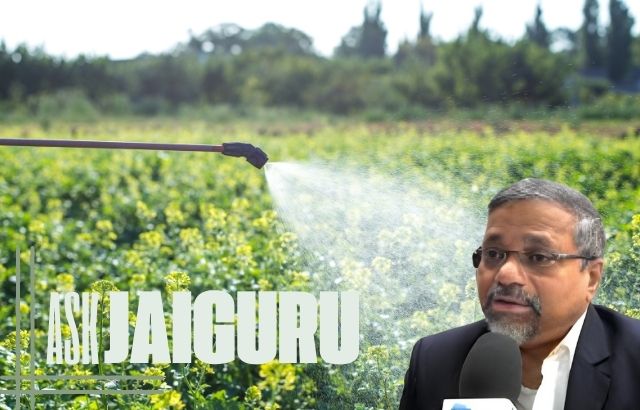
1. What are green herbicide safeners, and how do they differ from traditional safeners?
Green herbicide safeners are biodegradable compounds that protect crops from herbicide damage, unlike traditional safeners (e.g., dichlormid), which may persist in soil. They reduce environmental impact while maintaining crop safety.
2. How do green surfactants improve herbicide performance?
Green surfactants, like alkyl polyglucosides, enhance herbicide absorption by reducing droplet surface tension, increasing spray coverage, and improving penetration, often allowing lower herbicide doses.
3. Are plant-derived herbicides as effective as synthetic ones?
Plant-derived herbicides are effective for specific weeds, particularly in organic farming, but may require multiple applications for broad-spectrum control compared to synthetic herbicides like glyphosate.
4. What are the environmental benefits of these green solutions?
Green safeners, surfactants, and bioherbicides degrade faster, reducing soil and water contamination by 30–70% and lowering ecotoxicity to non-target organisms, such as aquatic life and pollinators.
5. How can farmers justify the higher cost of green products?
Higher initial costs are offset by reduced application rates, lower environmental cleanup costs, and premium prices for organic or sustainably grown produce, as shown in Kadam’s calculations.
6. Are there any risks associated with green surfactants or bioherbicides?
While safer, improper use can cause mild phytotoxicity or reduced efficacy. Kadam recommends following label instructions and conducting small-scale trials before large-scale adoption.
Conclusion
Green herbicide safeners, surfactants/adjuvants, and plant-derived herbicides are revolutionizing agriculture by balancing productivity with environmental stewardship. Insights from Jaiguru Kadam highlight their potential to increase yields, reduce costs, and minimize ecological harm. As farmers adopt these solutions, supported by ongoing research and education, sustainable agriculture will become the cornerstone of global food security.

